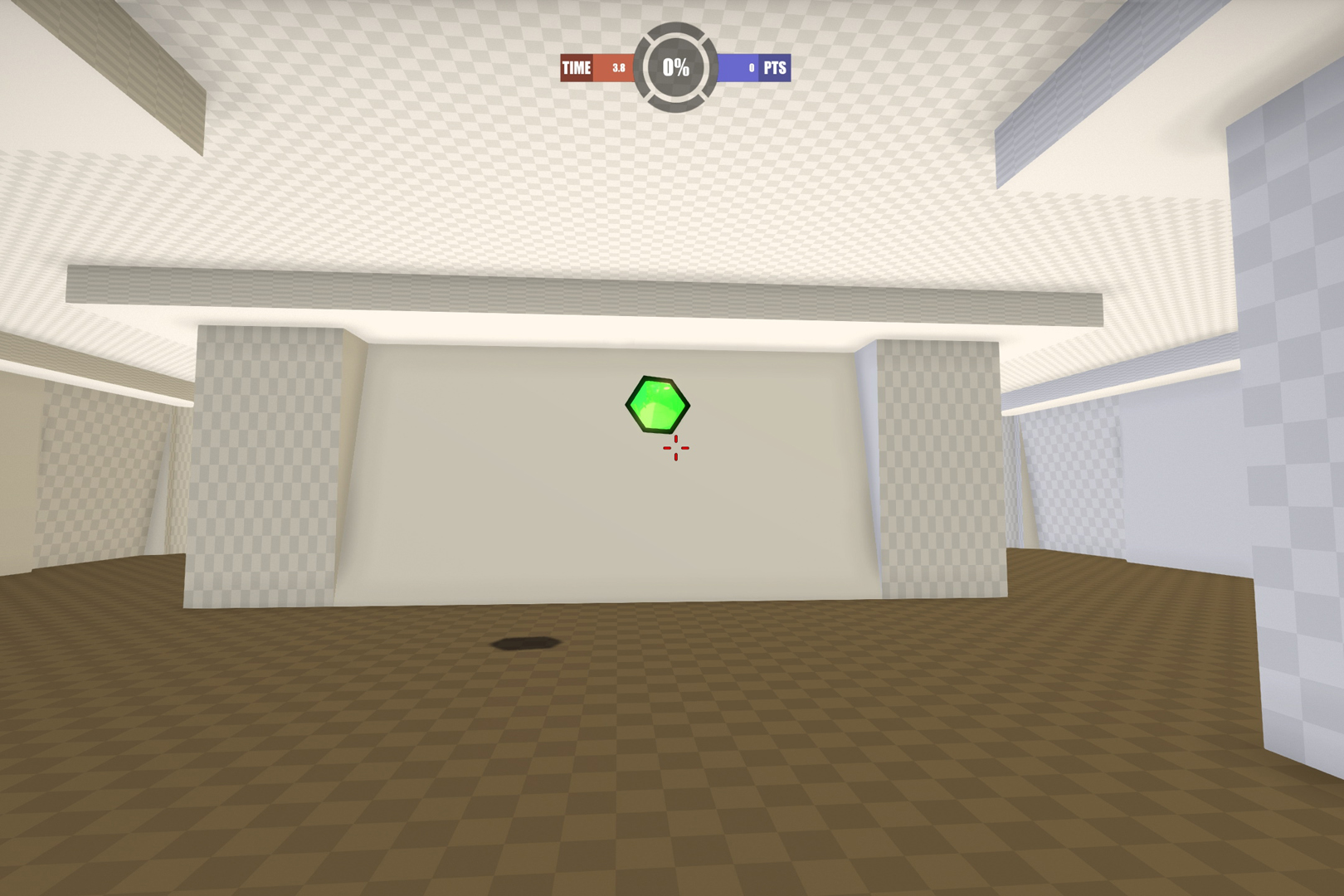“FirstPersonScience: An Open Source Tool for Studying FPS Esports Aiming” by Boudaoud, Spjut and Kim
Conference:
Type(s):
Entry Number: 37
Title:
- FirstPersonScience: An Open Source Tool for Studying FPS Esports Aiming
Presenter(s)/Author(s):
Abstract:
First-person shooters (FPS) games are dominant in the competitive gaming and esports community. However, relatively few tools are available for experimenters interested in studying mechanics of these games in a controlled, repeatable environment. While other researchers have made progress with one-off applications as well as custom content and mods for existing games, we are not aware of a general purpose application for empirically studying a broad set of user interactions in the FPS context. For the past few years our team has developed, maintained, and deployed First Person Science (FPSci), a tool for controlled user studies in FPS gaming. FPSci experimenters configure their desired base environment, as well as conditions and user preferences using a simplified JSON-esque set of input configurations, and results are stored in an SQLite database. By allowing finer grained parametric control of the environment together with frame-wise logging of player state and performance metrics, we achieve a level of granularity of control not offered by other solutions. FPSci is available as an open source project 1 under a CC BY-NC-SA 4.0 license.
References:
Ben Boudaoud, Josef Spjut, and Joohwan Kim. 2022. Mouse Sensitivity in First-person Targeting Tasks. In 2022 IEEE Conference on Games (CoG). IEEE, 1–8.Google Scholar
Joohwan Kim, Pyarelal Knowles, Josef Spjut, Ben Boudaoud, and Morgan Mcguire. 2020. Post-Render Warp with Late Input Sampling Improves Aiming Under High Latency Conditions. Proc. ACM Comput. Graph. Interact. Tech. 3, 2, Article 12 (aug 2020), 18 pages. https://doi.org/10.1145/3406187Google ScholarDigital Library
Ilya Makarov, Dmitry Savostyanov, Boris Litvyakov, and Dmitry I Ignatov. 2017. Predicting winning team and probabilistic ratings in “Dota 2” and “Counter-Strike: Global Offensive” video games. In International Conference on Analysis of Images, Social Networks and Texts. Springer, 183–196.Google Scholar
Josef Spjut. 2022. Improving aiming time on small FPS targets with higher resolutions and larger screen sizes. https://developer.nvidia.com/blog/improving-aiming-time-on-small-fps-targets-with-higher-resolutions-and-larger-screen-sizes/Google Scholar
Josef Spjut, Ben Boudaoud, Kamran Binaee, Jonghyun Kim, Alexander Majercik, Morgan McGuire, David Luebke, and Joohwan Kim. 2019. Latency of 30 Ms Benefits First Person Targeting Tasks More Than Refresh Rate Above 60 Hz. In SIGGRAPH Asia 2019 Technical Briefs (Brisbane, QLD, Australia) (SA ’19). Association for Computing Machinery, New York, NY, USA, 110–113. https://doi.org/10.1145/3355088.3365170Google ScholarDigital Library
Josef Spjut, Ben Boudaoud, and Joohwan Kim. 2021. A Case Study of First Person Aiming at Low Latency for Esports. https://doi.org/10.31219/osf.io/nu9p3Google Scholar




